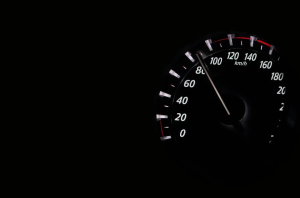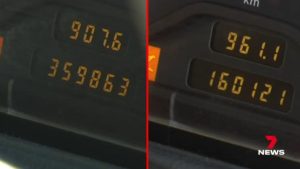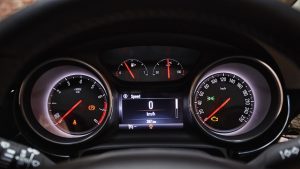Thinking about picking up a second-hand car anytime soon? You might want to pull up a chair for this because let us tell you, the road to car ownership has more twists and turns than one would expect.
Now, we’ve all learned the value of a good car over the years, haven’t we? Whether it’s a visit to the local shops or even an interstate drive, we need reliable cars—especially given how far apart our Aussie cities can be.
And let’s face it, times are tough. The cost of living is through the roof, and we’re all feeling the pinch—so opting for a cheaper second-hand car instead of a brand-new one can seem like a sensible, practical choice.
But here’s the kicker: How do you know you’re getting a good car and not buying yourself a whole heap of trouble?
There’s been a surge in odometer tampering around Australia, and that’s not something to be taken lightly.
According to the South Australian Government, this dodgy practice is on the rise, involving both licensed and unlicensed dealers.
‘While most dealers do the right thing, there are unscrupulous operators out there who’ll try to take advantage of people by engaging in dodgy practices,’ warns Andrea Michaels MP, SA Minister for Consumer and Business Affairs.
In the last financial year, six individuals copped more than $35,000 in fines and compensation for meddling with odometers, with four of them being unlicensed dealers.
So, how easy is it to tamper with an odometer?
A 7NEWS Brisbane investigation shed light on the ease of such fraud.
An undercover journalist had 160,000km wiped off a 1997 Mercedes for a mere $150. ‘The journalists ask, ‘How much do you think you could belt off it because it’s got nearly 360 thousand km’? ‘Whatever numbers you want, I can put it in’, said the operator who did the job.’
Peter Dever from the Motor Trades Association wasn’t surprised. ‘It’s frightening but not surprising,’ he told 7NEWS.
‘What you buy on Facebook Marketplace and Gumtree might not be all it seems. If you’re looking at a car that’s had a couple of thousand kilometres clipped off it, the wear and tear on that vehicle—brakes, suspension—is a major safety issue.’
That being said, a dodgy reading is not only a question of value but also of safety.
Plus, under Australian Consumer Law, altering an odometer can result in substantial fines, up to $50,000!
So, what’s your best defence?
The advice from the experts when buying cars less than five years old is to verify the car’s odometer against its service history. If there’s no logbook, call the service or repair shop directly to corroborate details. And if you spot inconsistencies, consider that a problem.
An independent inspection from a licensed mechanic before the purchase is also recommended.
‘When buying privately, exercise a great degree of caution—get the car inspected, check the odometer reading to see if the wear and tear on the car is consistent with the car’s supposed usage,’ advises Andrea Michaels MP.
If you’re eyeing a second-hand car, remember to exercise due diligence. Turn to resources like Clockcatcher, which offers up-to-date odometer readings, and take advantage of websites like the Service NSW website for historical odometer data. Other states and territories have similar websites too.
Utilising these tools can steer you away from unknowingly buying from fraudulent second-hand vehicle syndicate operations that are going to cause you far more trouble than they are worth.
So, members, have you ever unknowingly bought a car that had its odometer changed? What did you do in that situation? Please tell us in the comments below, it would be great for everyone to learn what to watch out for!
Source: Seniors Discount Club







